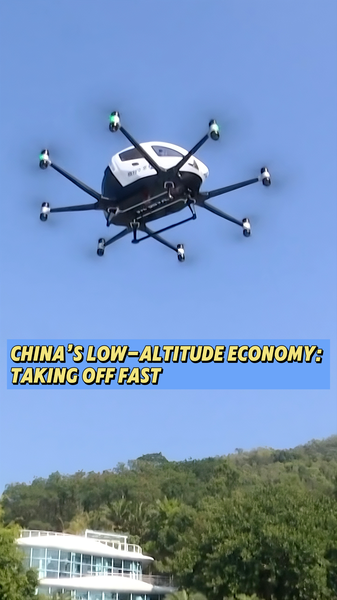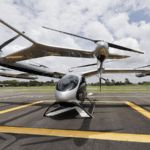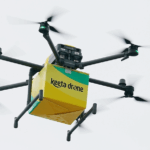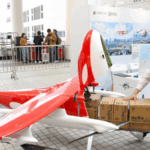China is redefining urban transportation as its low-altitude economy accelerates, blending cutting-edge technology with ambitious infrastructure to reshape how people and goods move. From flying taxis to delivery drones, cities nationwide are embracing vertiport networks – specialized hubs for vertical takeoff aircraft – signaling a new era of mobility.
Government-backed initiatives have fueled rapid progress, with over 20 provinces incorporating low-altitude airspace management into development plans. Shenzhen leads the charge, testing autonomous aerial vehicles for emergency services, while Shanghai recently launched its first commercial drone delivery routes across the Huangpu River.
Industry analysts highlight three key drivers: 5G-enabled air traffic control systems, battery technology breakthroughs enabling longer flights, and streamlined regulations. "This isn't science fiction," says Dr. Wei Lin of Beijing Transport University. "By 2025, we expect 100,000 operational drones nationwide serving logistics, agriculture, and passenger transport."
The economic implications are staggering. Morgan Stanley projects China's urban air mobility market could reach $1.5 trillion by 2040. Local manufacturers like EHang already dominate global eVTOL (electric vertical takeoff and landing) aircraft sales, with exports growing 210% year-on-year.
As night falls over Guangzhou's Pearl River Delta, prototype air taxis perform test flights between skyscrapers – a glimpse of cities where rush hour traffic flows both on roads and in designated aerial corridors. With public trials planned for 2025 in major cities, China's skies are becoming the next frontier for smart city development.
Reference(s):
cgtn.com








